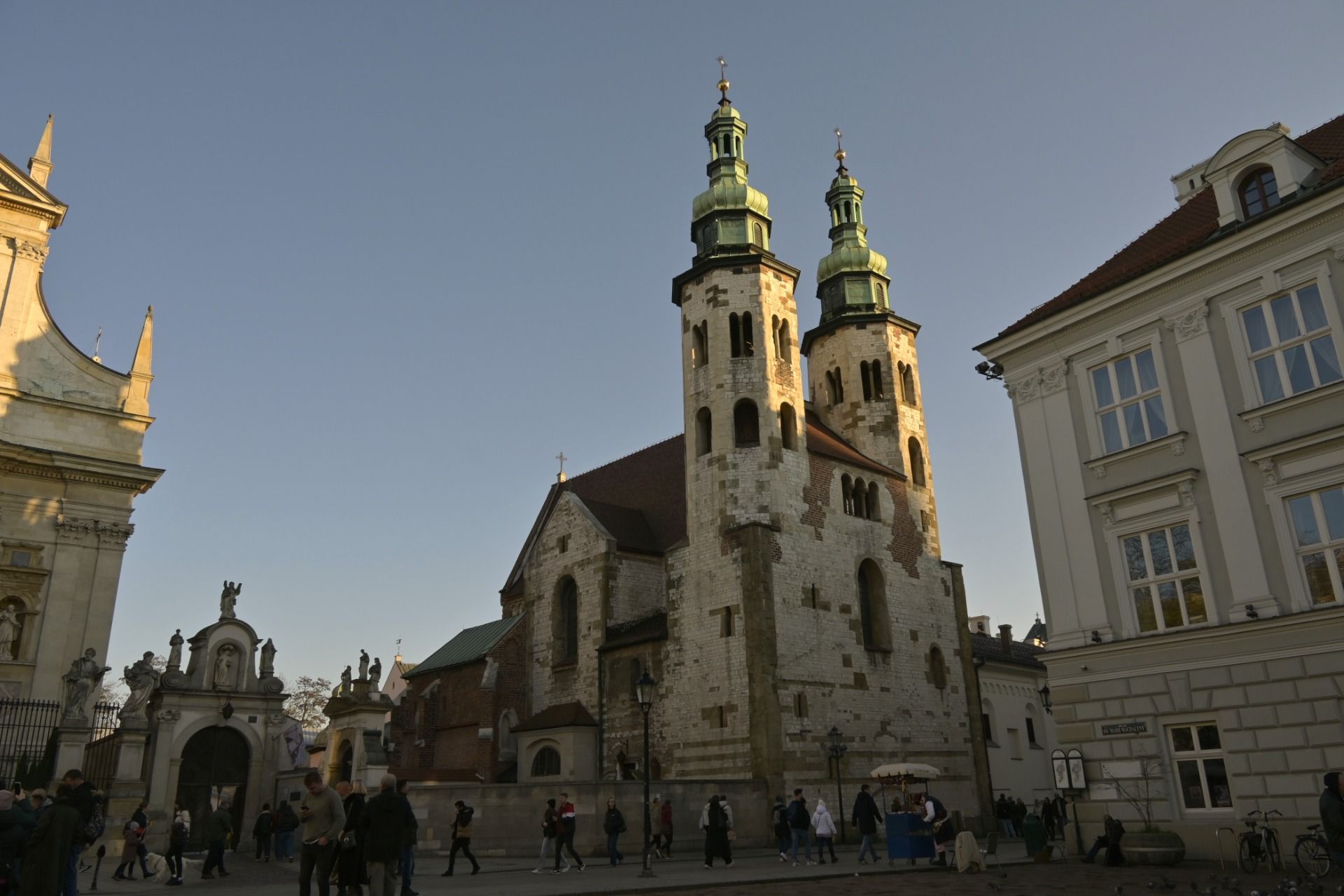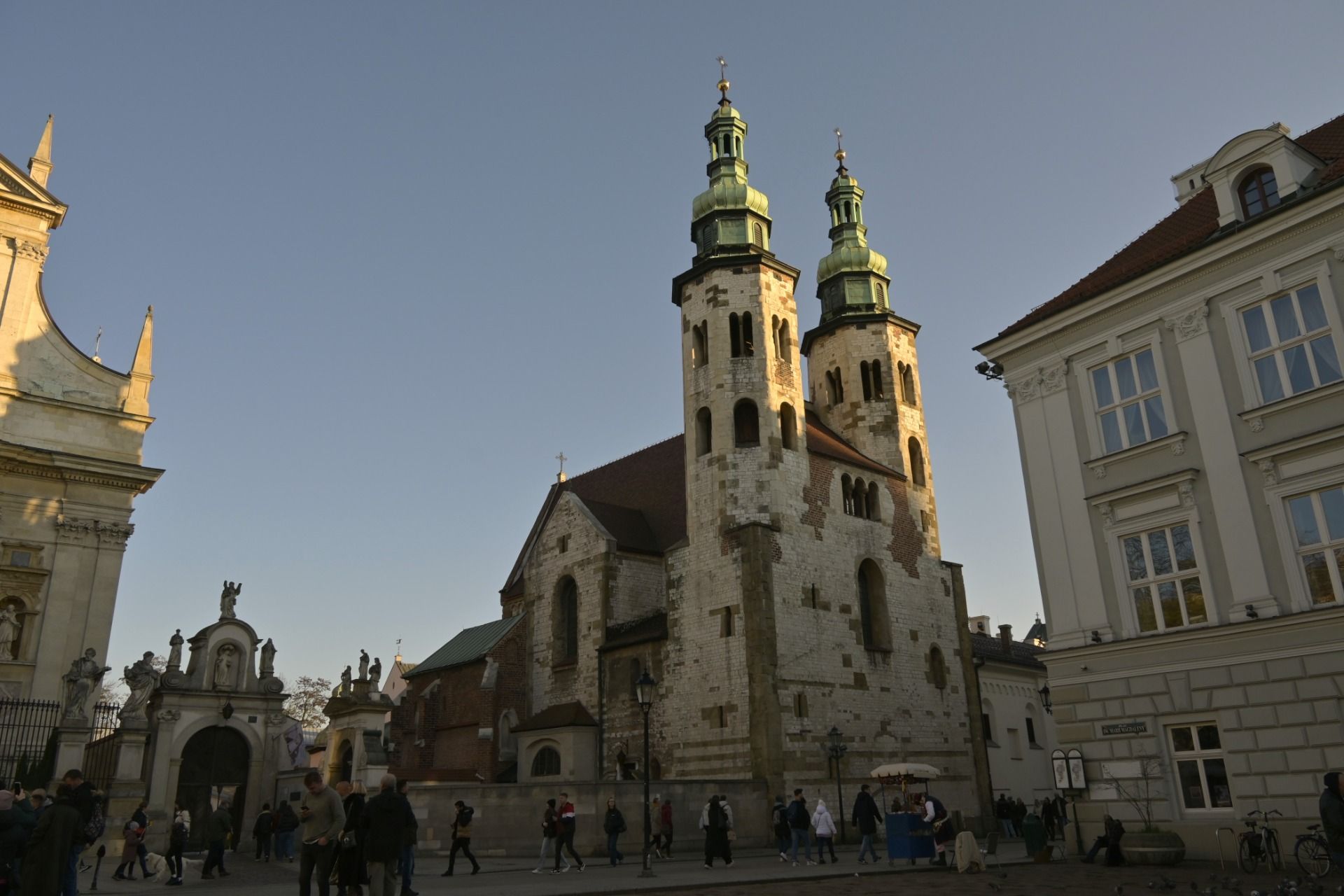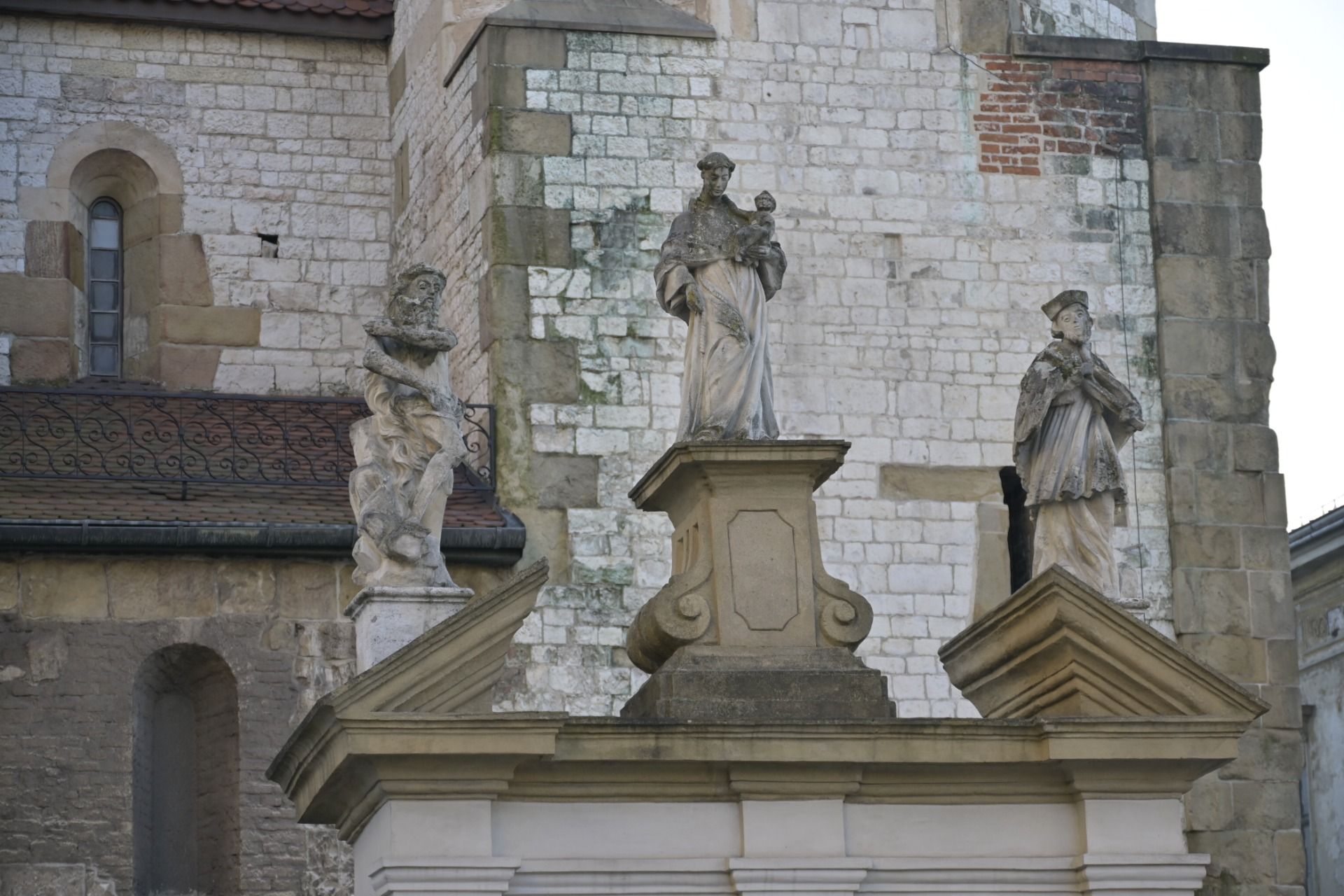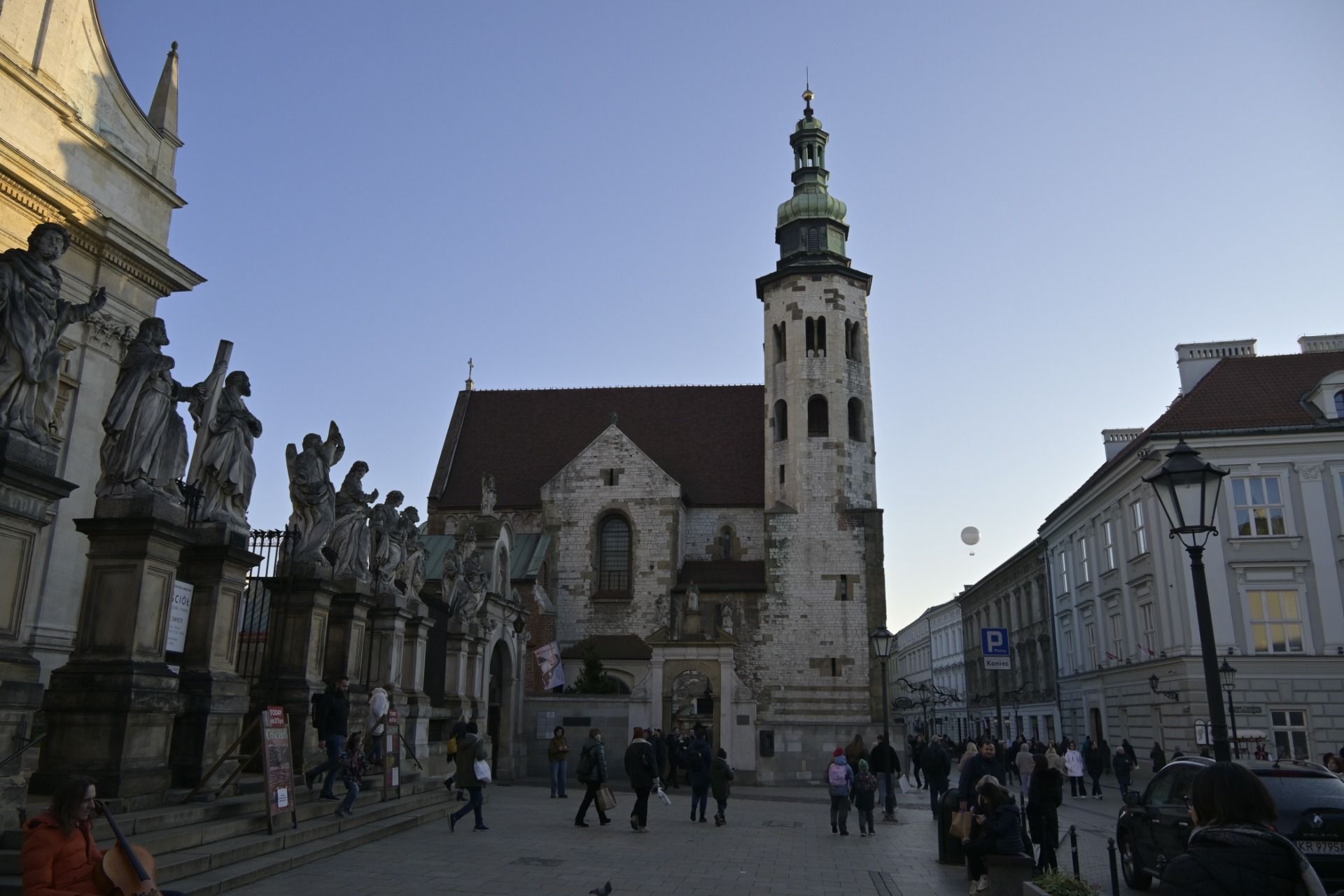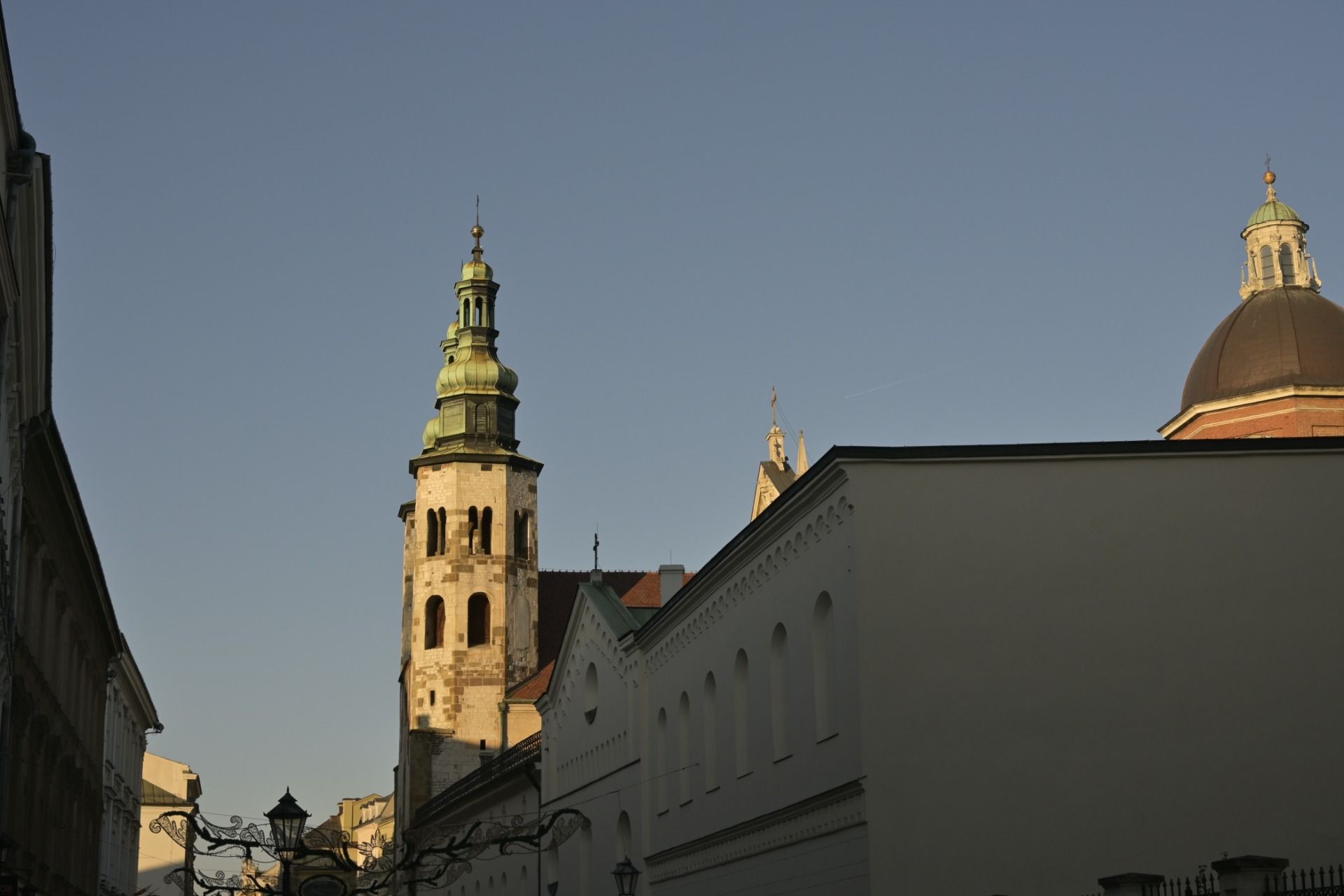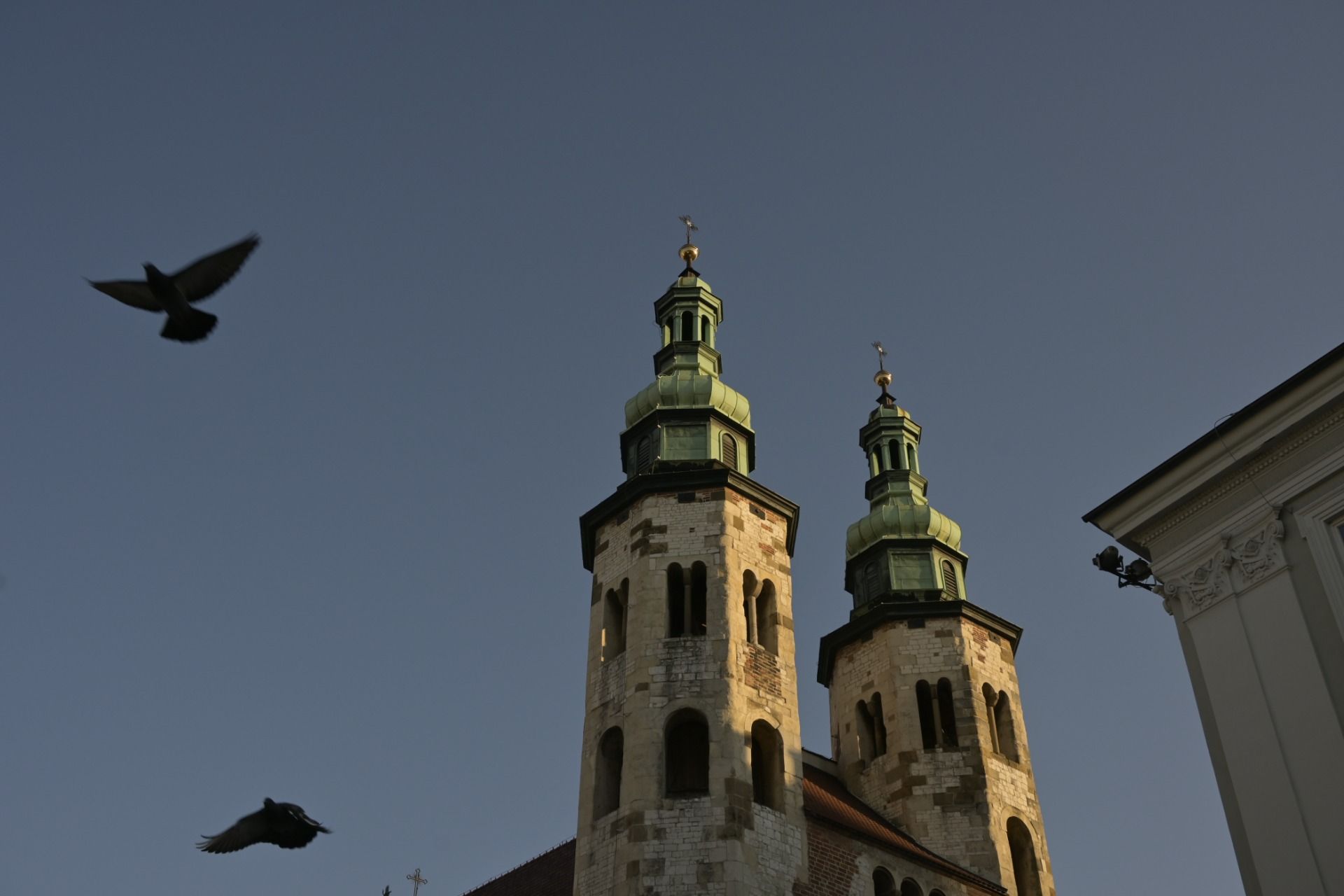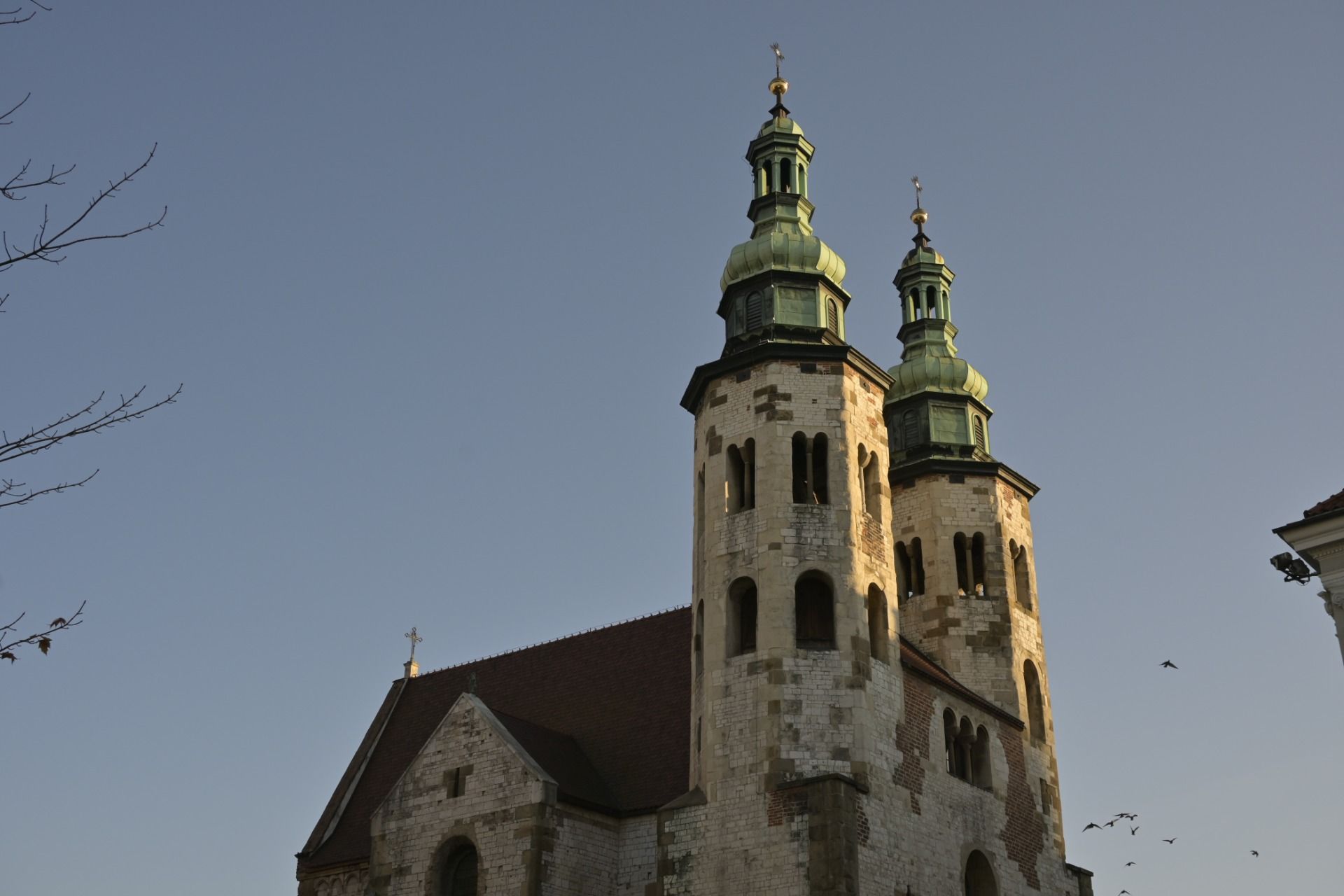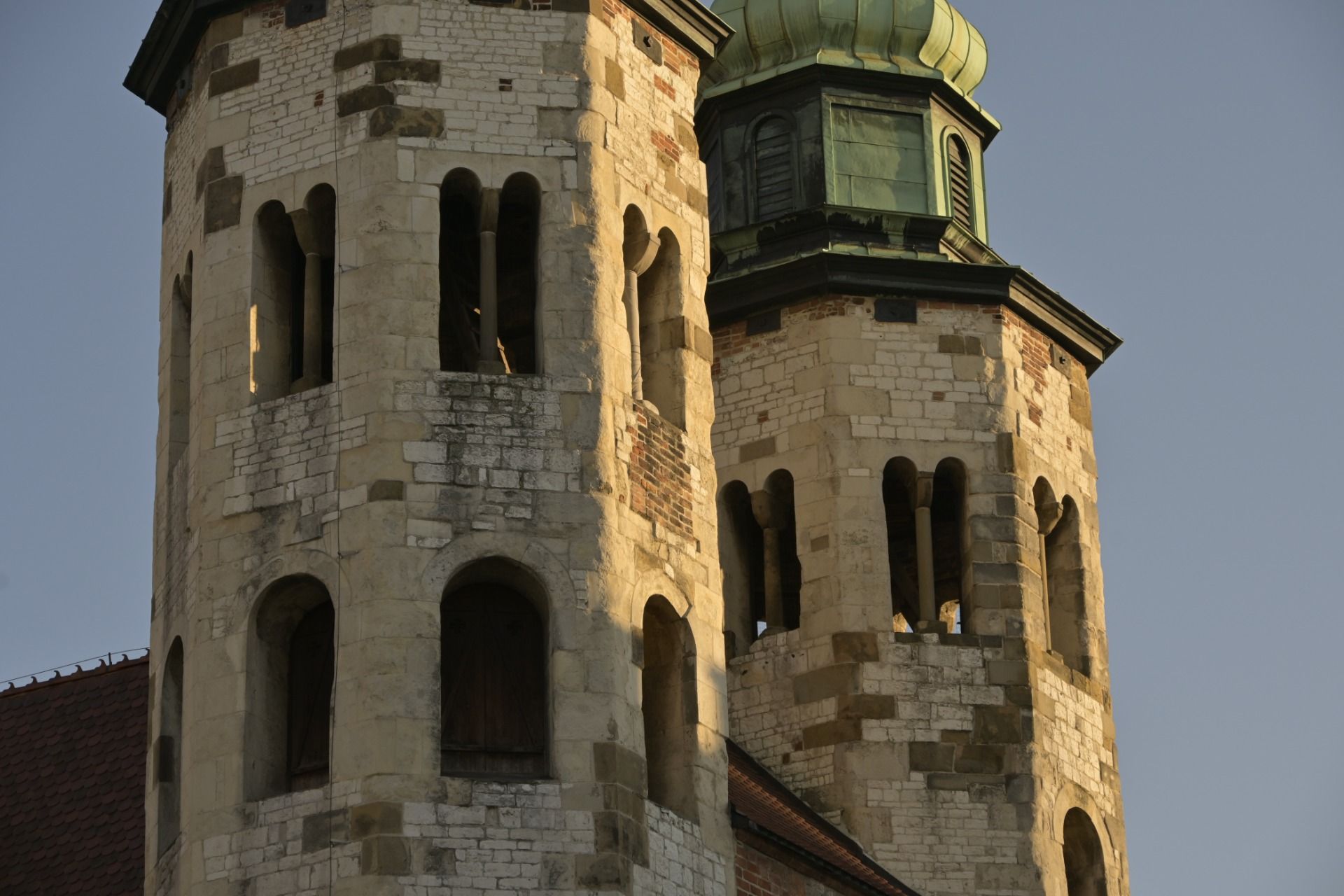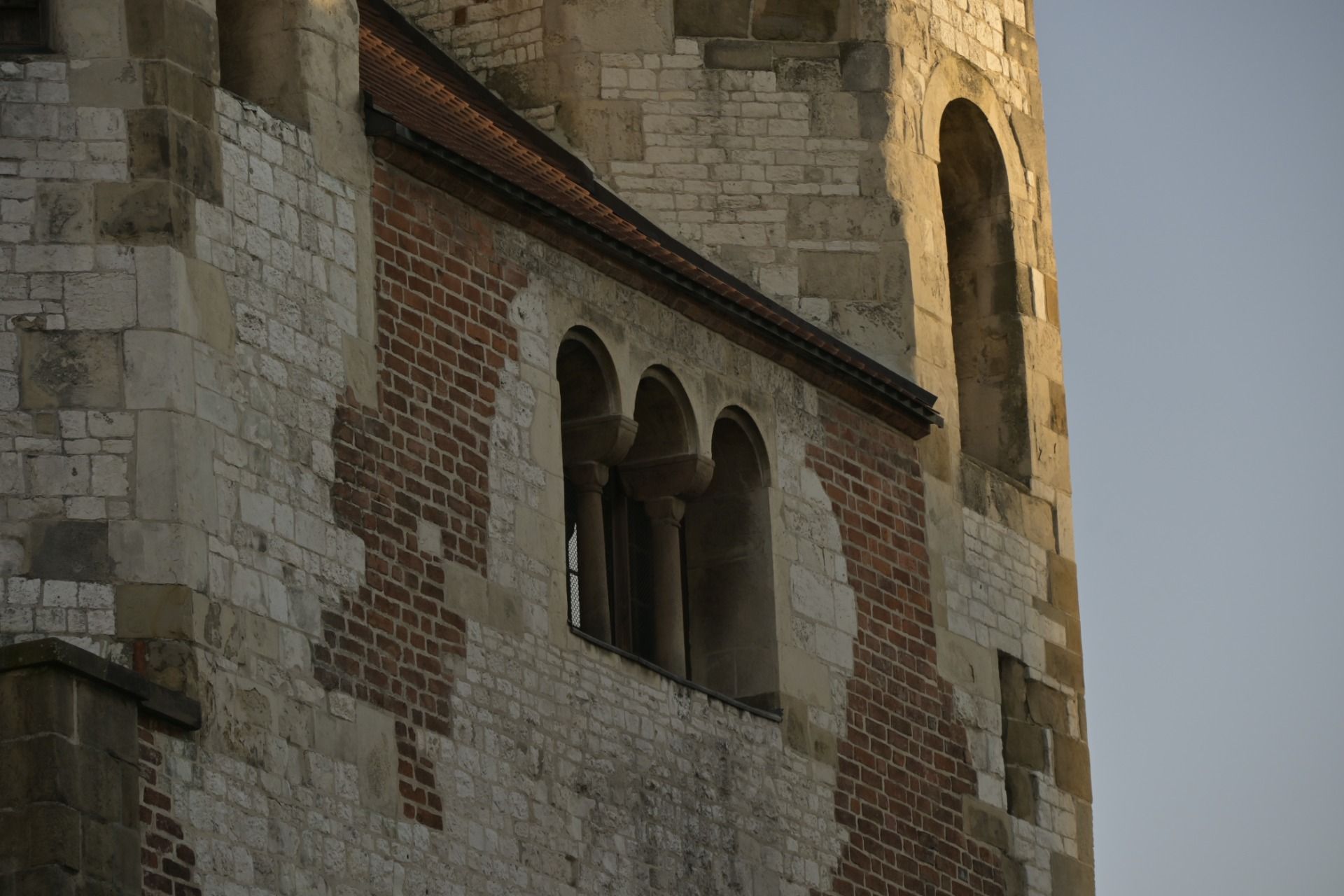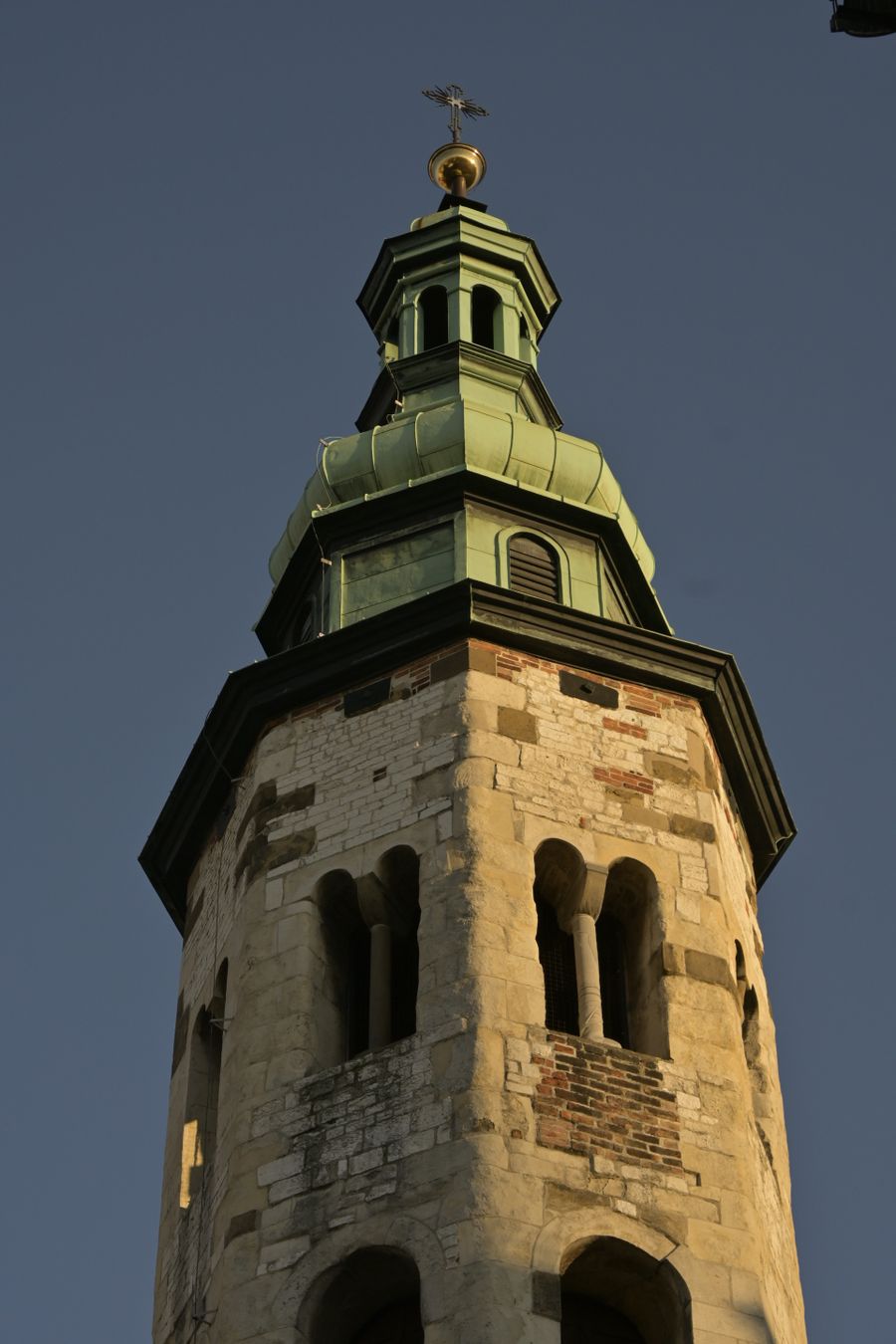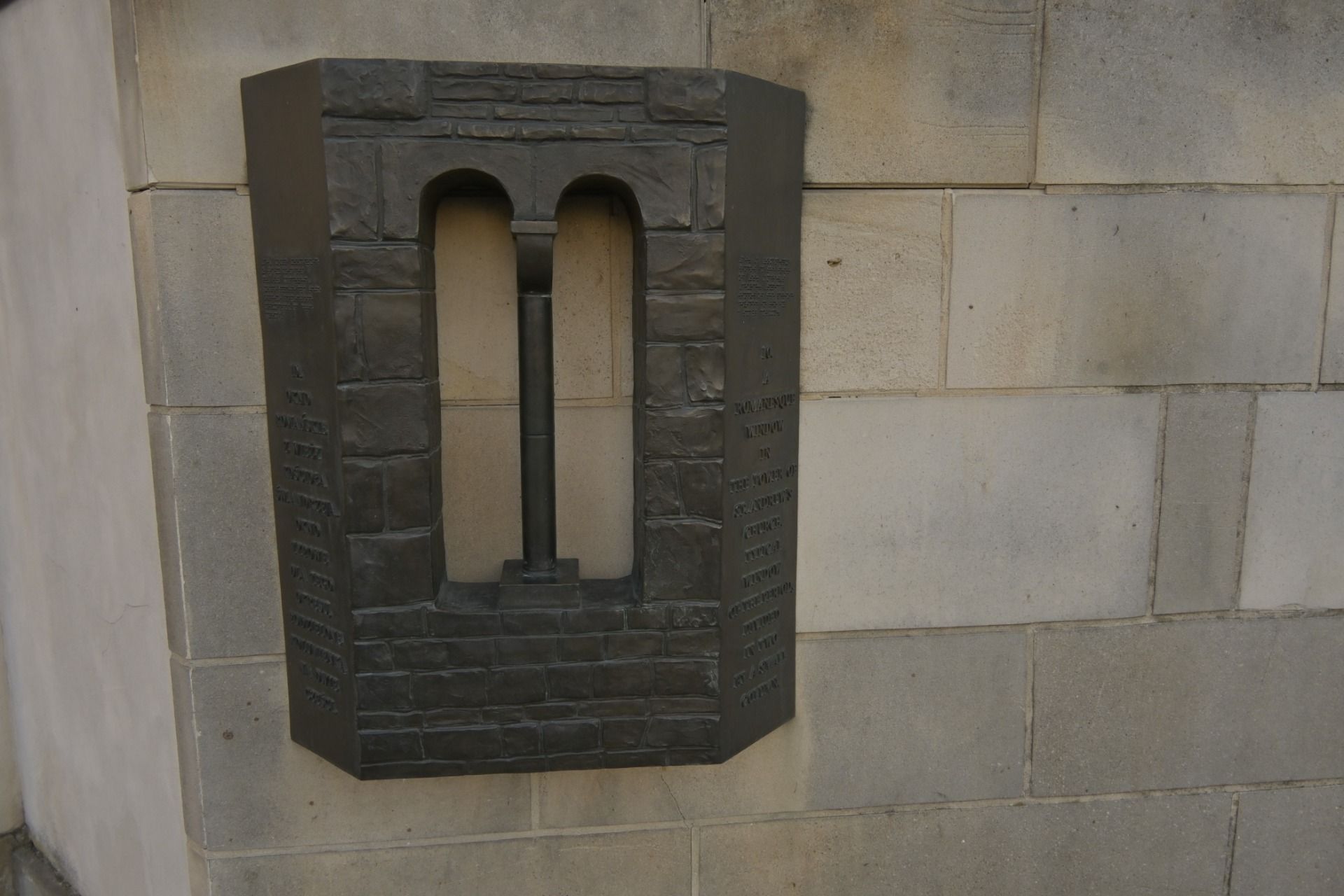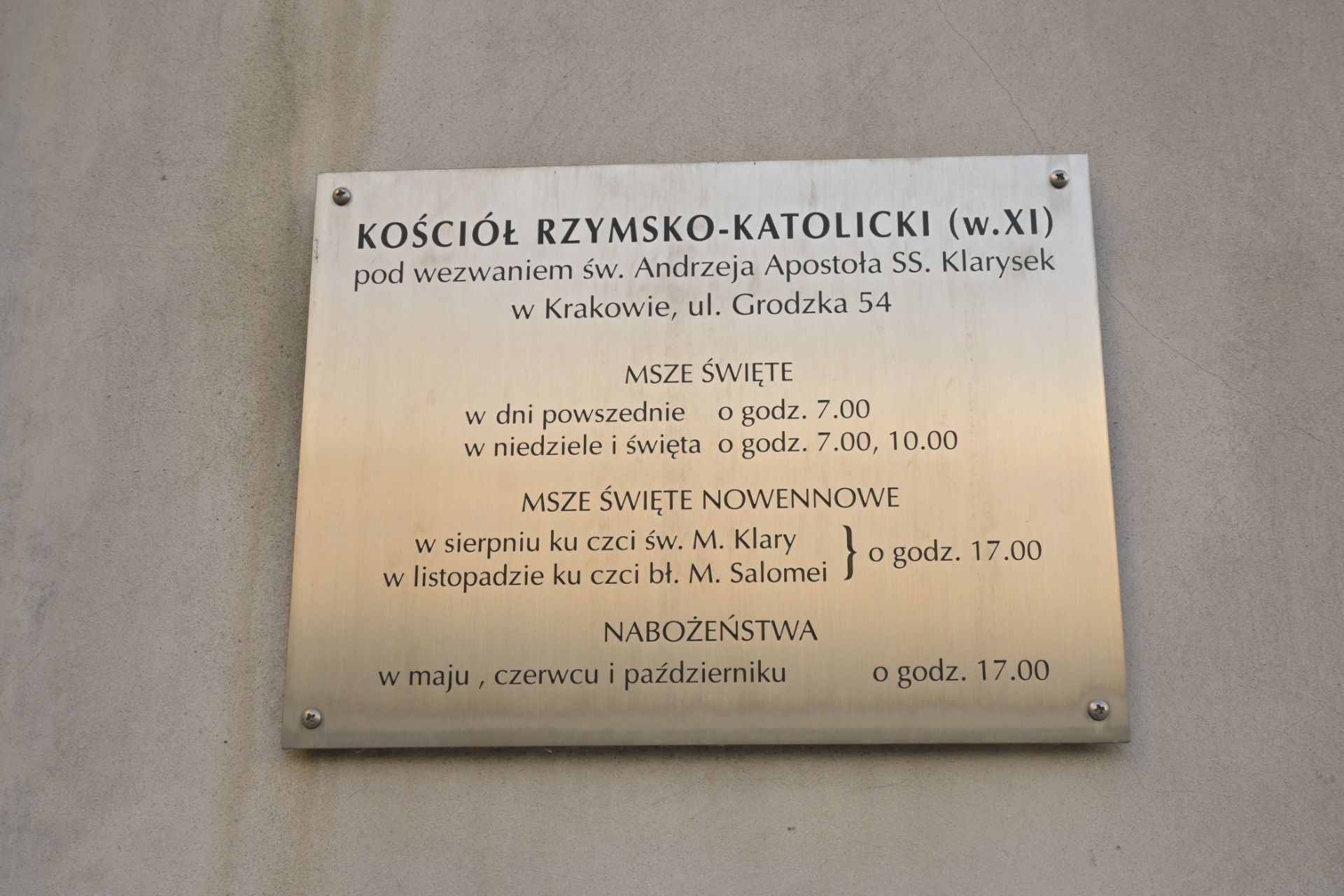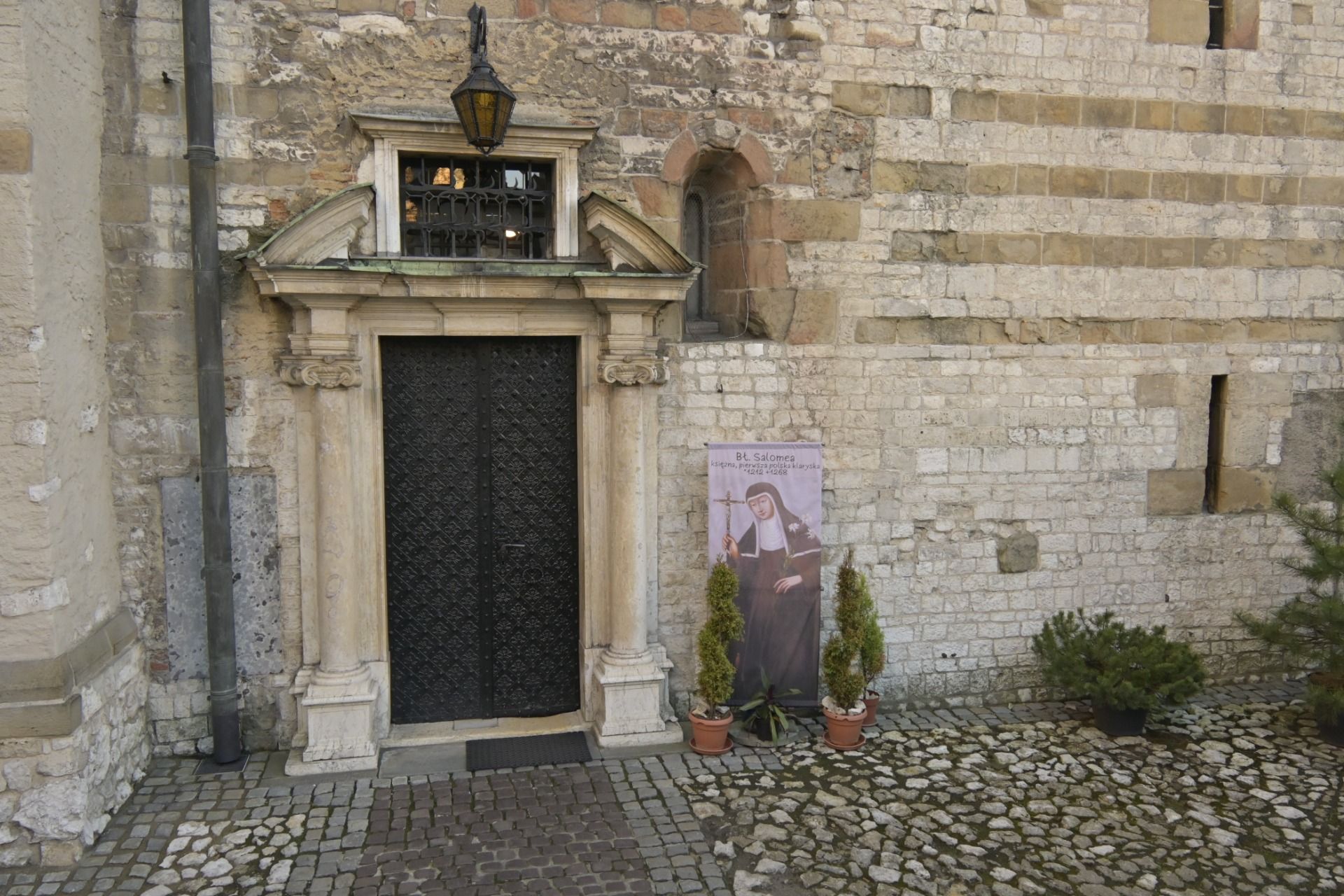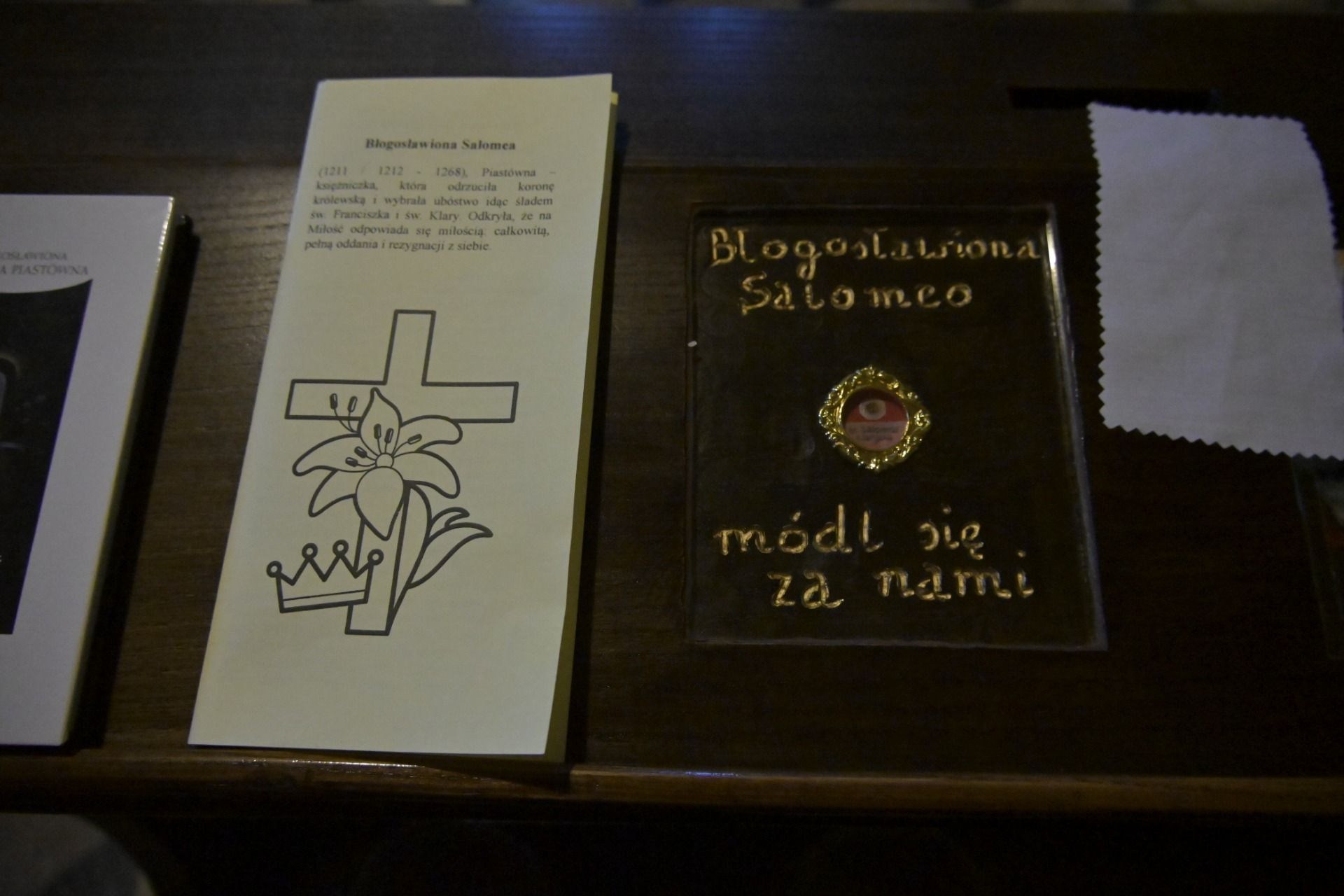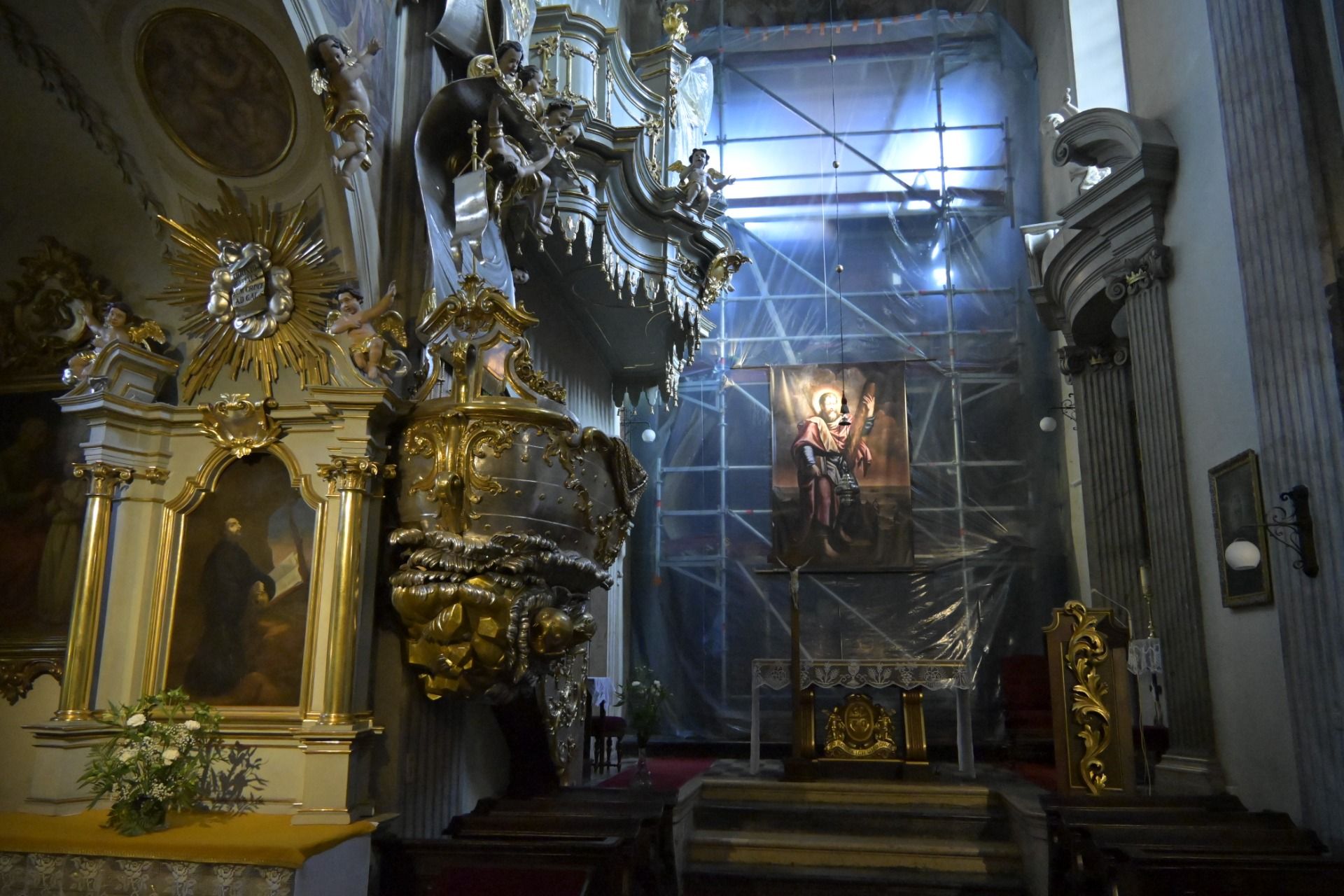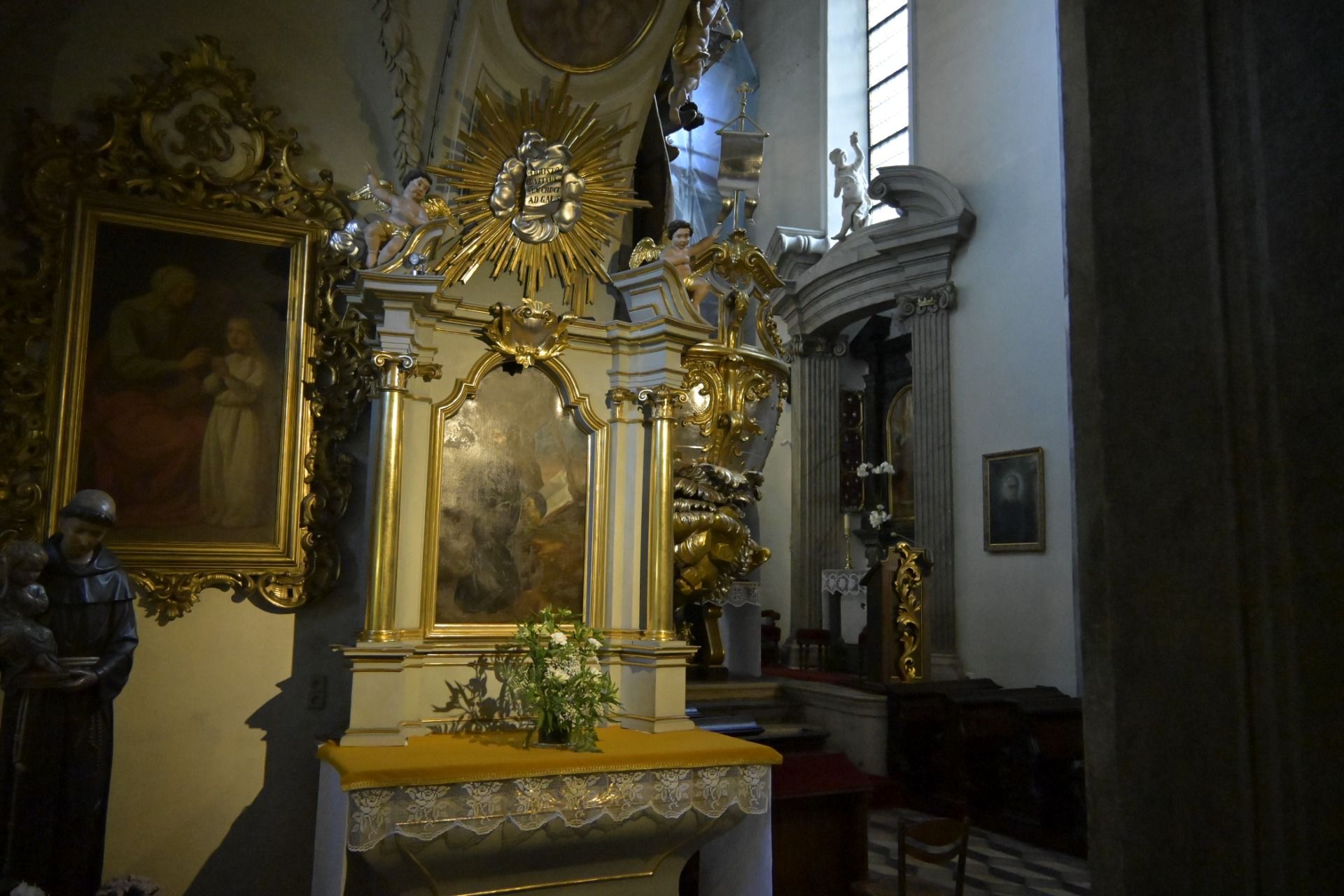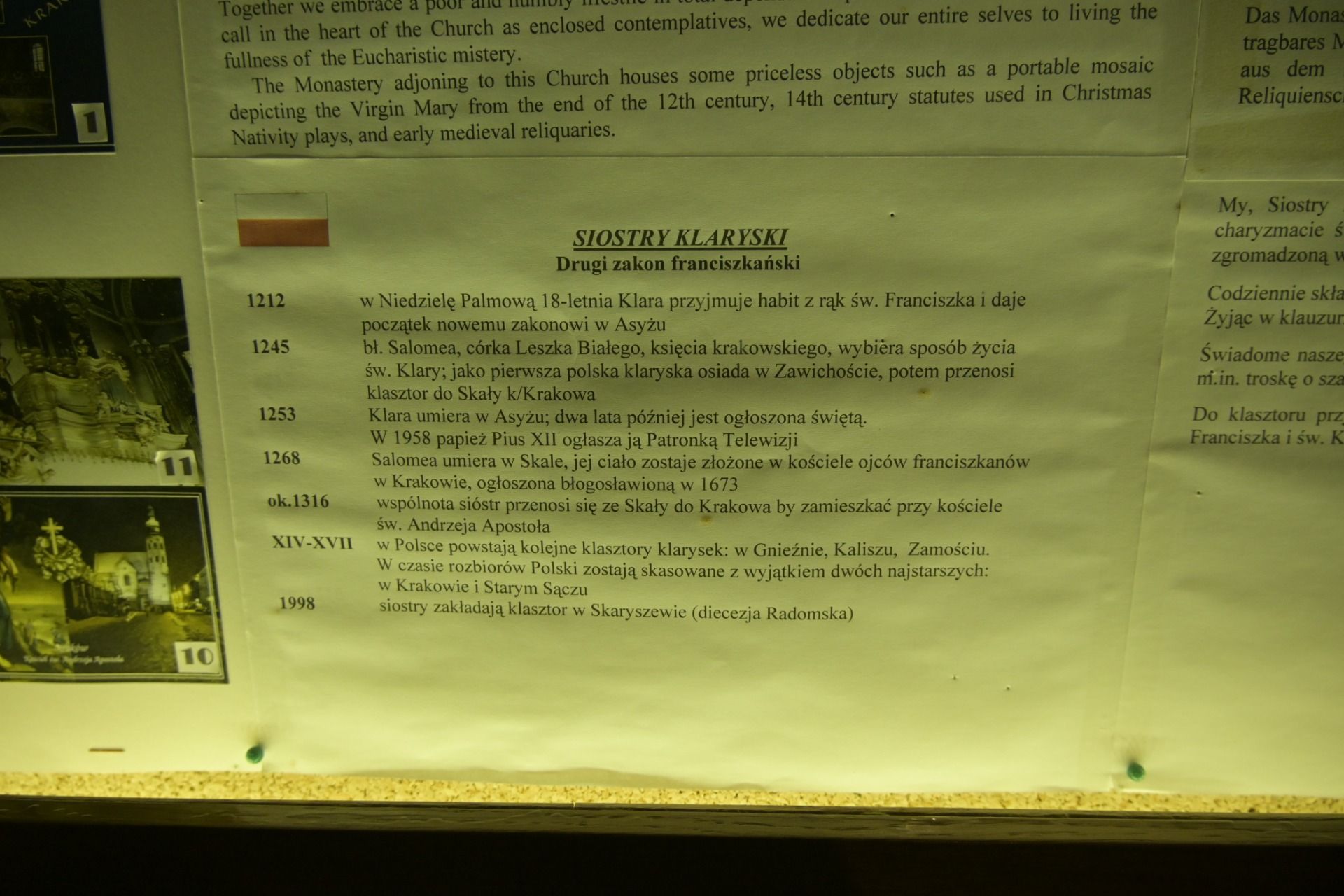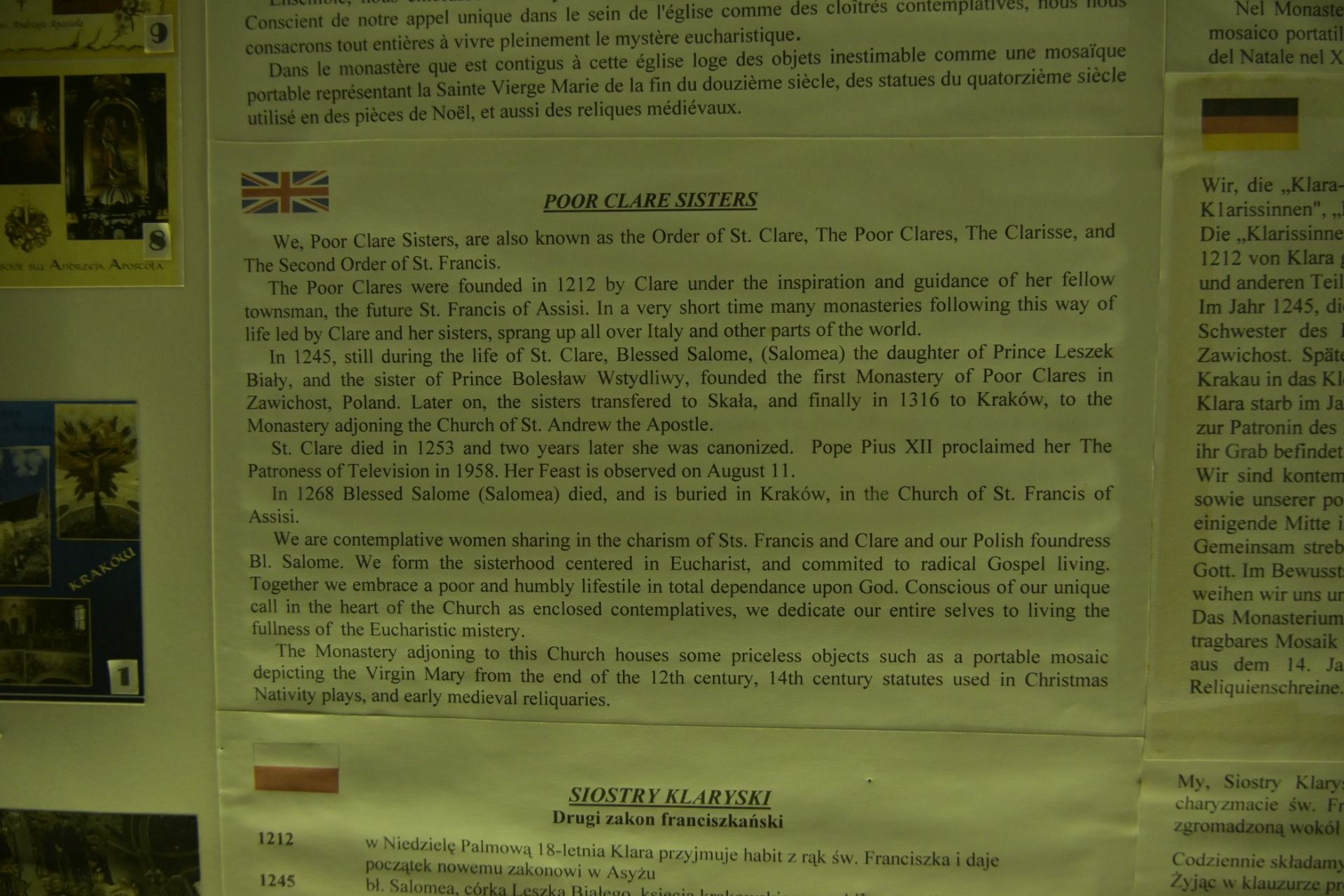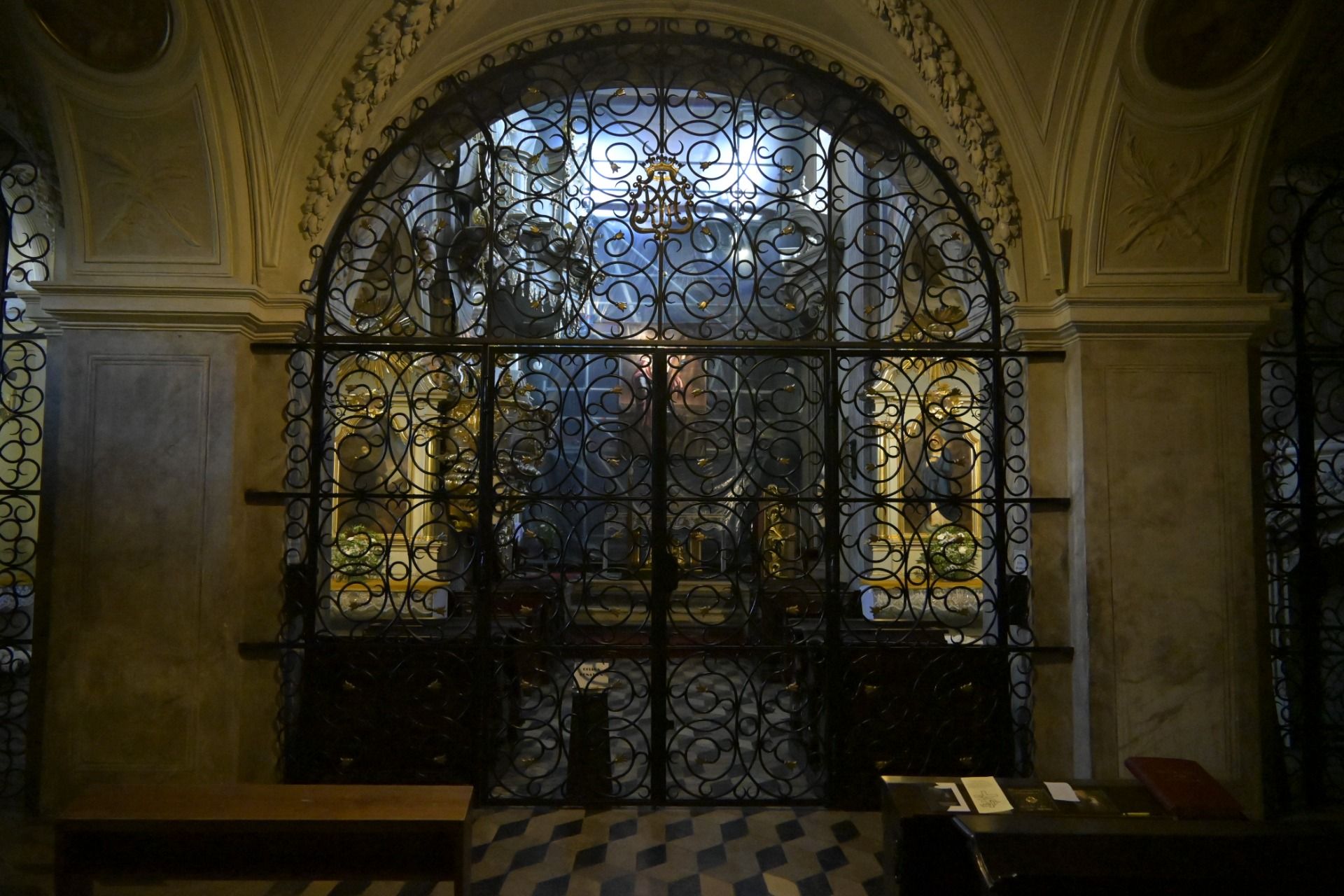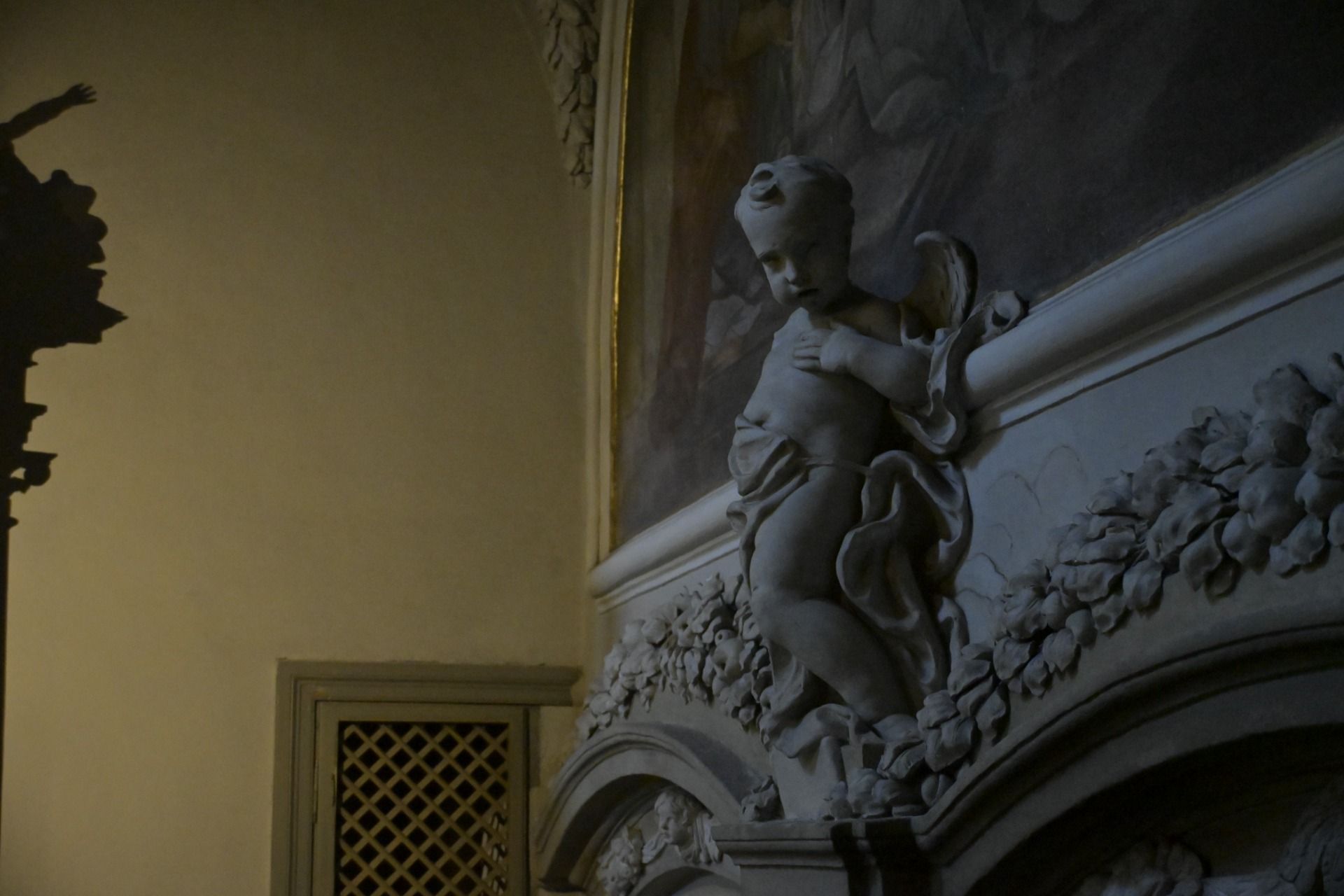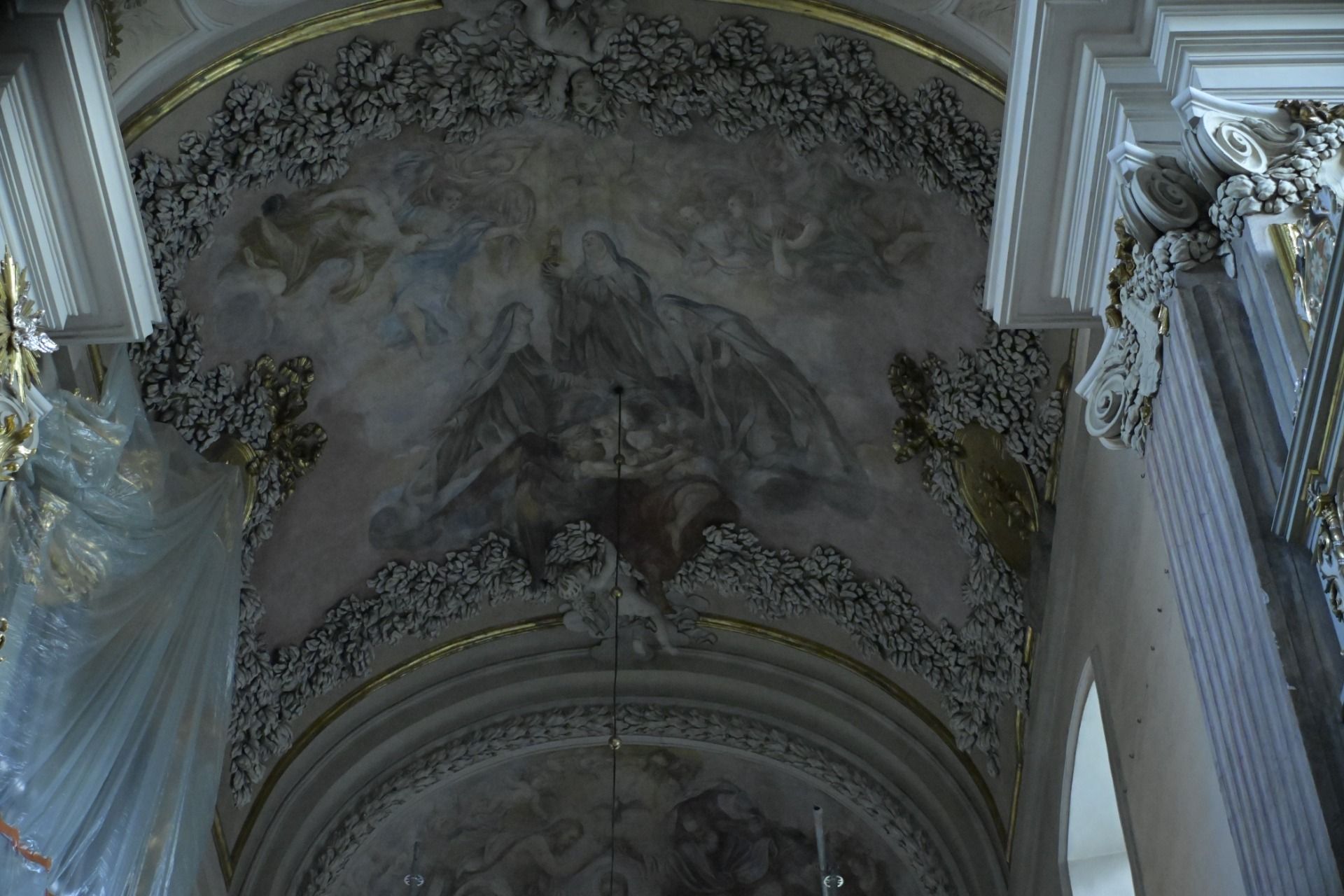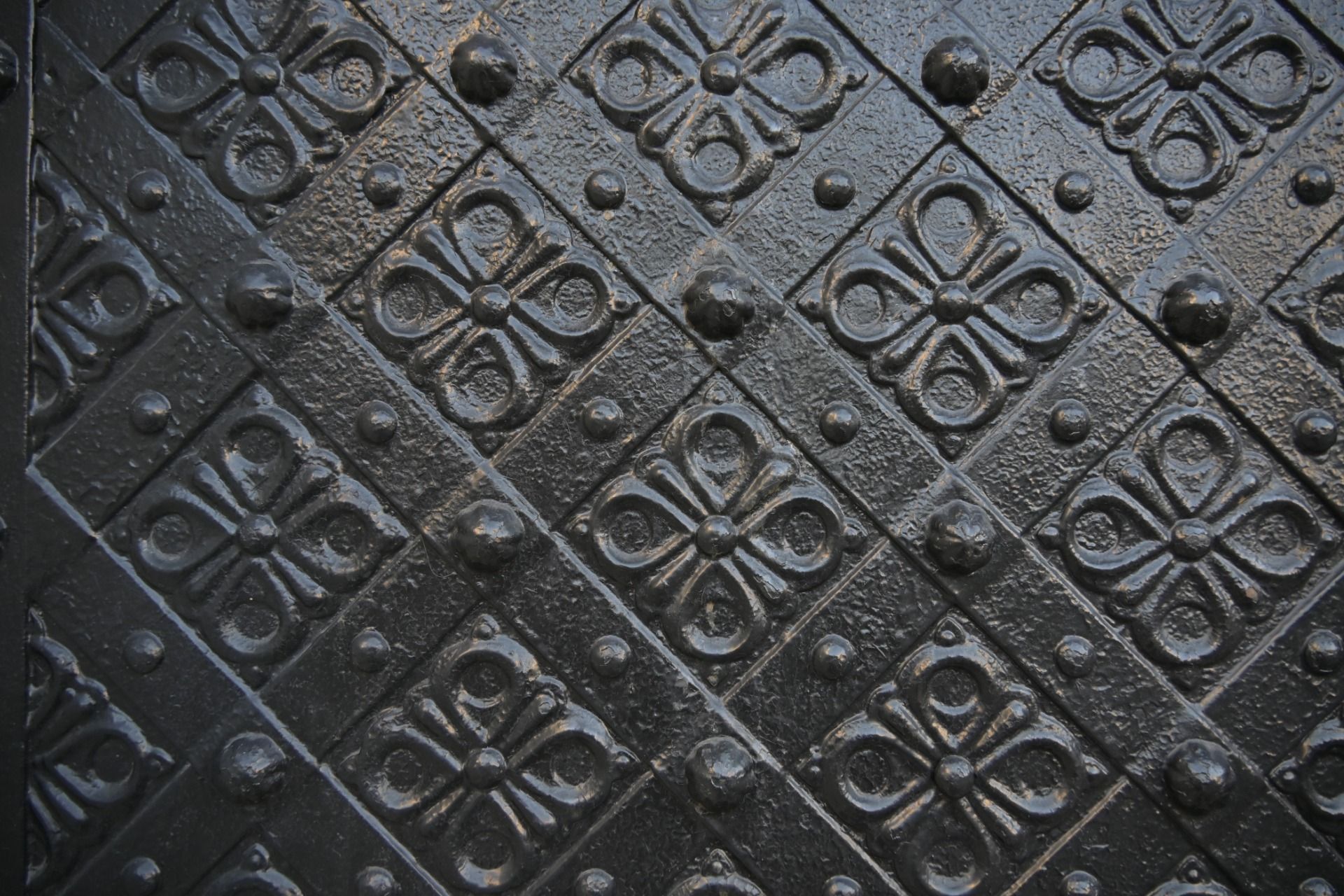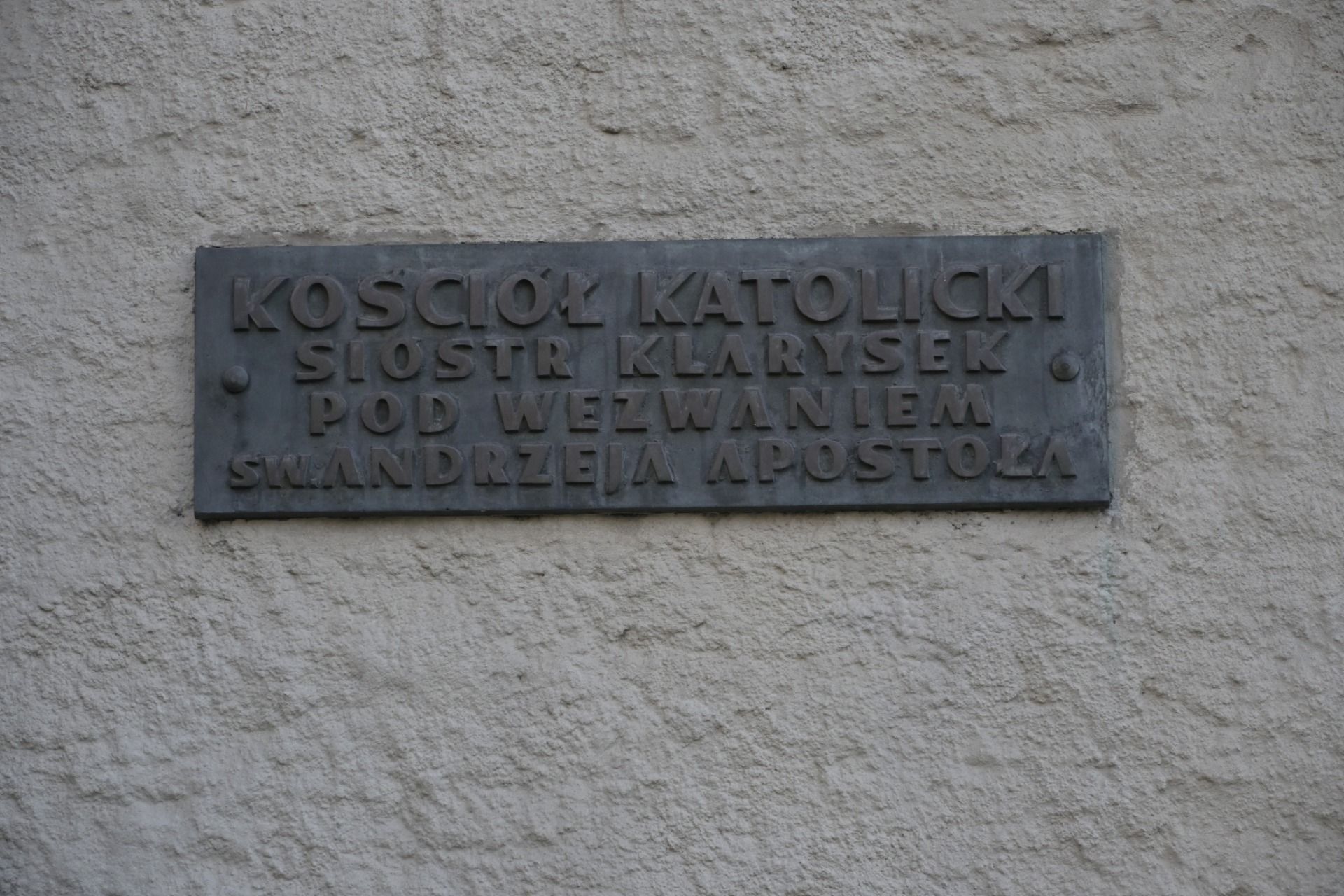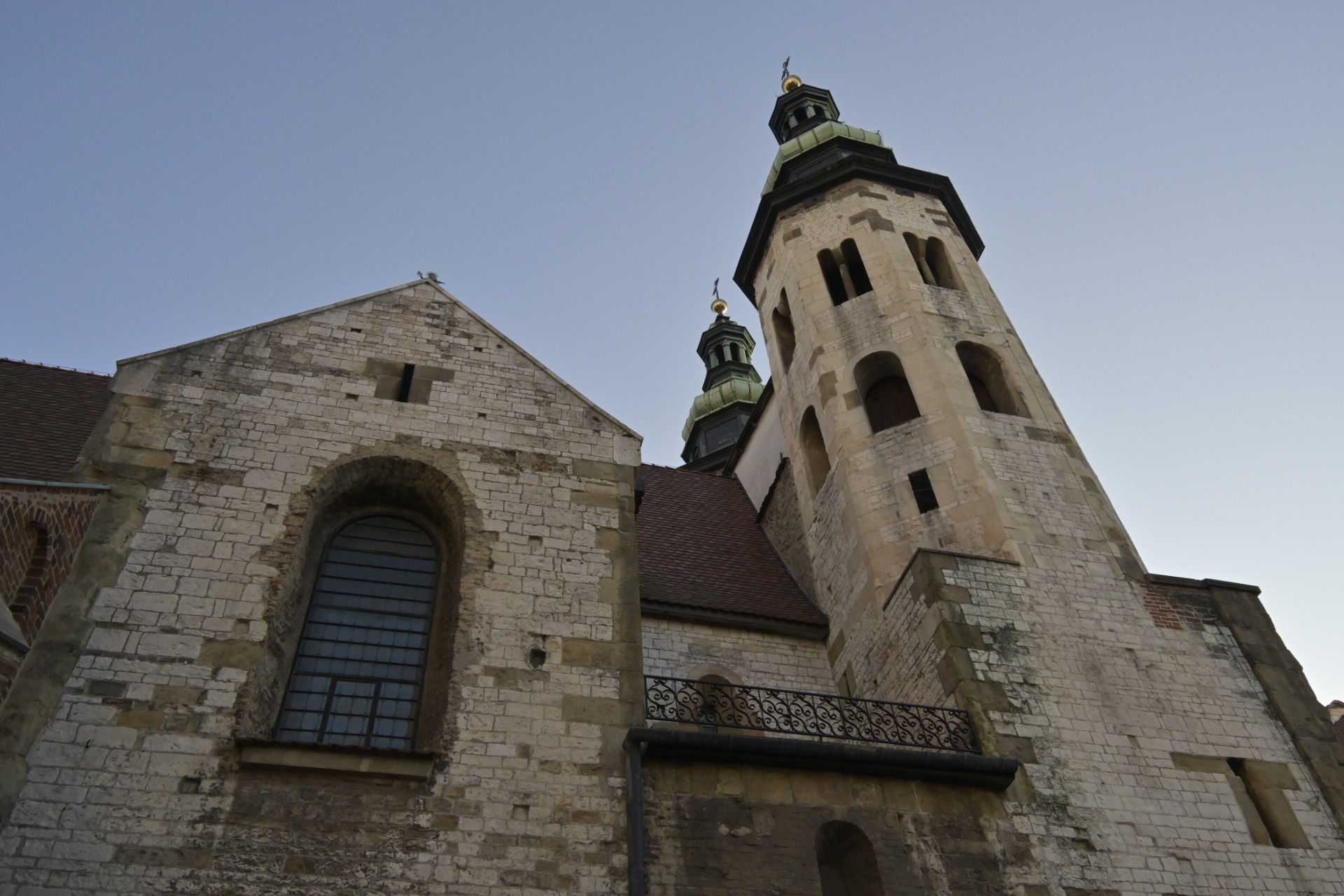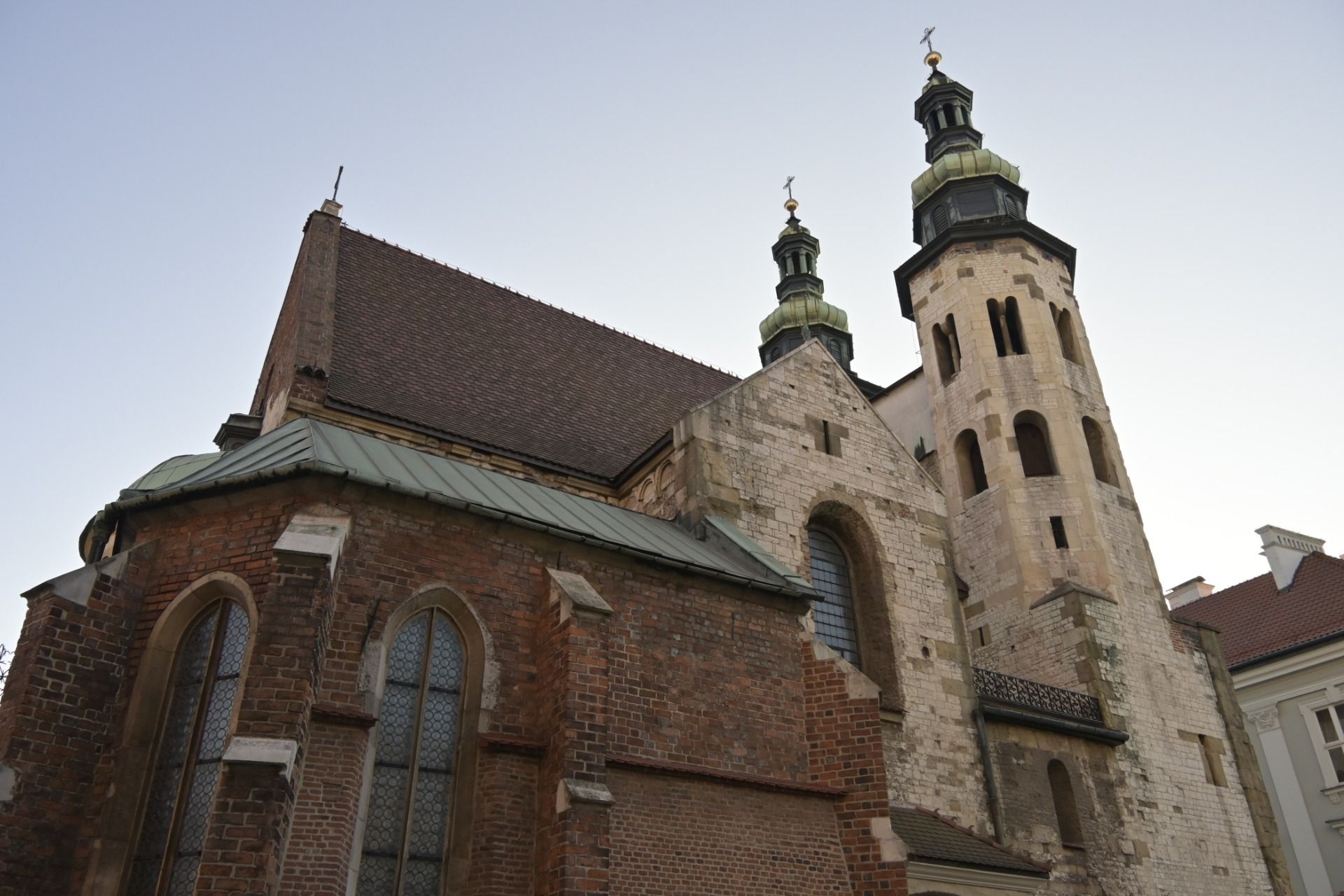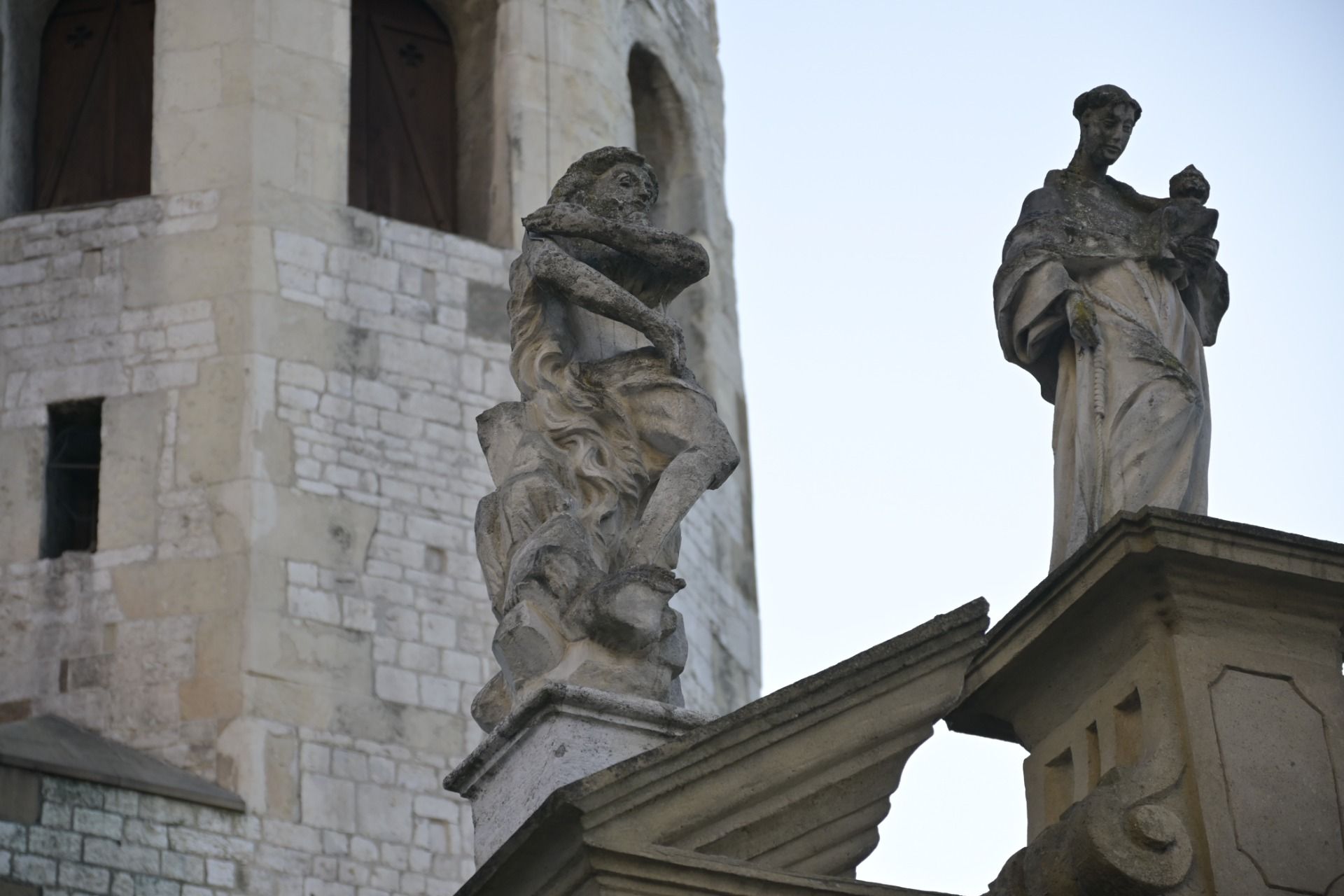[ENG]
In the previous entry from the series of discovering more churches in Krakow, I described the Baroque church dedicated to the apostles Peter and Paul. Anyone who knows Krakow knows that in such a case it is natural to move at this point to the Romanesque church dedicated to St. Andrew located in the immediate vicinity. The Church dedicated to St. Andrew, currently serving as a Poor Clare monastery, is one of the oldest existing churches in Krakow. It was built in the years 1079-1098, and the money for this purpose was donated by the palatine of Sieciech. Initially, the church was under the patronage of the Benedictines from the abbey in Sieciechów, and later from Tyniec. The current owners of the temple, the Poor Clares order, received the temples in 1320. According to what Jan Długosz wrote in his chronicles, the church was used to protect and defend the population of settlements near Krakow during the Mongol invasions. In 1243, at the initiative of Konrad Mazowiecki, the fortified function of the temple was further strengthened by building a moat and ramparts, but this did not do much, because another wave of invasions, this time in 1260, led to the plundering and partial destruction of the temple. Despite the beautiful Romanesque shape of the external architecture, its interior, like most temples in Poland, was baroqued in the 18th century. On the facade of the temple, you can see windows characteristic of the Romanesque era in the form of biforia, i.e. an arcade window divided into two parts by a column. What's more, but I'm not sure about this, on the front elevation you can see an arcade window divided into three parts by two columns, or the so-called triforium. And apparently this is the only existing triforium in Poland! I once heard such an interesting fact, but I'm not sure whether it's not some kind of hoax.
Inside the church, on the dome, there is a polychrome depicting the Last Judgement, and in the presbytery, the glory of St. Clara, Salomea and Kinga. Not accessible to ordinary mortals, but it is worth noting that the monastery treasury houses valuable relics such as 13th-century reliquaries, a Byzantine-style mosaic image of the Mother of God and numerous early Gothic books.
Address:
ul. Grodzka 54,
31-044 Kraków
Website:
https://www.klaryski.pl/historia-kosciola.php
Masses on Sundays and celebrations:
7:00; 10:00
[PL]
W poprzednim wpisie z serii odkrywania kolejnych krakowskich kościołów opisywałem barokowy kościół pod wezwaniem apostołów Piotra i Pawła. Kto zna Kraków wie, że w takim przypadku naturalne jest przejście w tym momencie do znajdującego się w bezpośrednim sąsiedztwie romańskiego kościoła pod wezwaniem św. Andrzeja. Kościół pod wezwaniem św. Andrzeja pełniący obecnie funkcje klasztoru klarysek jest jednym z najstarszych istniejących krakowskich świątyń. Zbudowano go w latach 1079–1098, a pieniążki na ten cel przekazał palatyn Sieciecha. Pierwotnie świątynia była pod patronatem benedyktynów z opactwa w Sieciechowie, a potem z Tyńca. Obecne właścicielki świątyni, czyli zakon klarysek otrzymały świątynie w roku 1320. Zgodnie z tym, co w swoich kronikach pisał Jan Długosz w kościele podczas najazdów mongolskich chroniła i broniła się ludność podkrakowskich osad. W roku 1243 z inicjatywy Konrada mazowieckiego warowna funkcja świątyni została jeszcze wzmocniona poprzez budowę fosy i wałów, ale na niezbyt wiele to się stało, ponieważ kolejna fala najazdów tym razem z roku 1260 doprowadziła do ograbienia i częściowego zniszczenia świątyni. Pomimo pięknego romańskiego kształtu zewnętrznej architektury, jej wnętrze jak i większość świątyń w Polsce zostało barokizowane w XVIII w. Na fasadzie świątyni można dopatrzeć się charakterystycznych dla epoki romańskiej okien w formie biforiów czyli arkadowe okno podzielone kolumienką na dwie części. Co więcej, ale tego nie jestem pewien, na frontowej elewacji dopatrzeć się można arkadowego okna podzielonego dwiema kolumienkami na trzy części, czy tak zwane triforium. No i ponoć jest to jedyne istniejące w Polsce triforium! Kiedyś usłyszałem taka ciekawostkę, ale czy to nie jest jakaś ściema pewności nie mam.
We wnętrzu kościoła na kopule znajduje się polichromia przedstawiająca Sąd Ostateczny, a w prezbiterium glorię św. Klary, Salomei i Kingi. Nie dostępne na co dzień dla zwykłych śmiertelników, ale warte odnotowania jest, że w skarbcu klasztornym przechowywane są cenne zabytki takie jak: relikwiarze z XIII wieku, mozaikowy obraz Matki Bożej w stylu bizantyńskim czy liczne wczesnogotyckie księgi.
Adres:
ul. Grodzka 54
31-044 Kraków
Strona internetowa parafii:
https://www.klaryski.pl/historia-kosciola.php
Msze Święte w niedziele i święta
7:00; 10:00
